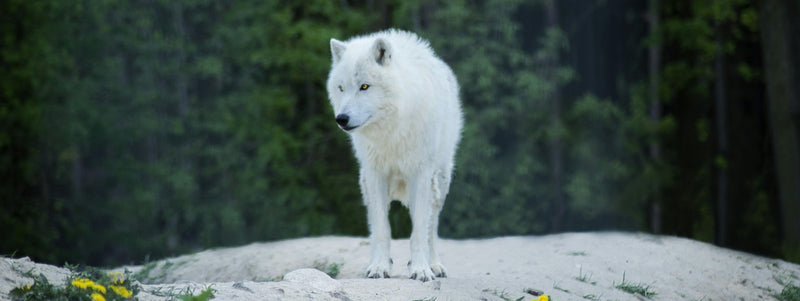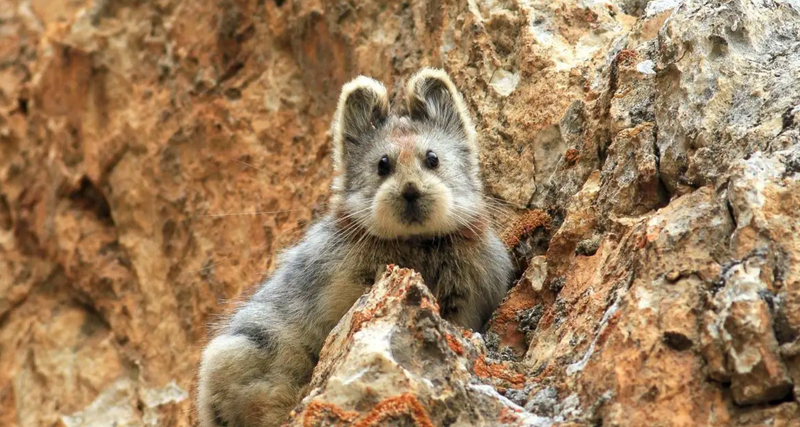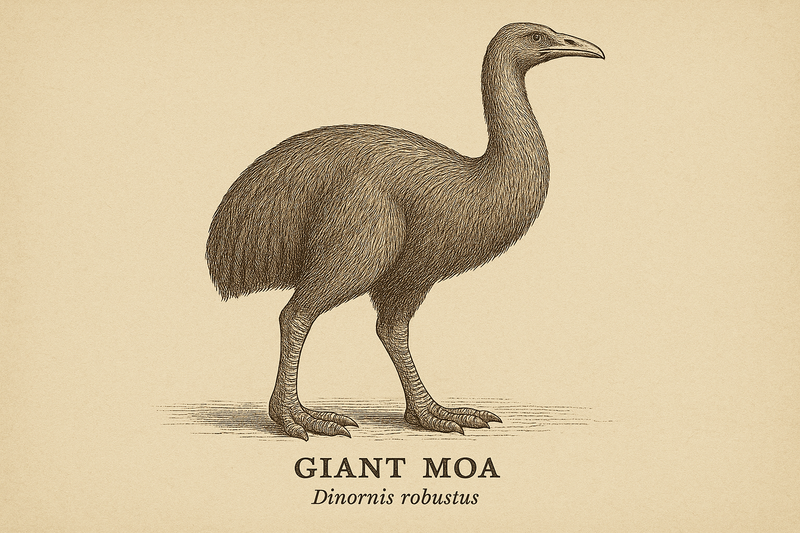
Every once in a while, something breaks through the news cycle that makes you stop scrolling and stare.
For me, it was a photo: three tiny wolf pups, curled against their surrogate mother, with a caption that almost didn’t feel real—
“The Dire Wolf is back.”
I blinked. Read it again. Couldn’t quite believe it.
What seemed like a headline pulled from science fiction is, apparently, science fact. In April 2025, biotech company Colossal Biosciences announced the birth of Romulus, Remus, and Khaleesi—three genetically engineered pups heralded as the world’s first successful example of dire wolf de-extinction.
What Is a Dire Wolf?
For the uninitiated, dire wolves aren’t just Game of Thrones lore. They were real—larger, stronger, and stockier than modern gray wolves, and they roamed North and South America until their extinction about 10,000 years ago. Their remains have been found in tar pits and ice beds, always whispering of a lost wildness... until now.
So How Did They Do It?
Colossal scientists used ancient DNA recovered from dire wolf fossils, identified key genetic differences between dire wolves and gray wolves, then used gene editing to modify 14 specific genes in gray wolf cells. Those cells were then used to create embryos, which were implanted into domestic dog surrogates.
The result? Pups with over 20 traits that resemble dire wolves, including white fur, thicker skulls, and broader shoulders.
A scientific breakthrough, no doubt.
A New Era — or a New Ethical Crisis?
This achievement is being celebrated in many circles as the first truly successful attempt at bringing back an extinct animal. But it’s not the first try. We’ve seen others before:
-
The Pyrenean ibex, also known as the bucardo, was cloned in 2003 after extinction in 2000. The clone died minutes after birth.
-
The quagga, a subspecies of the plains zebra that went extinct in the 1800s, has been partially “recreated” through selective breeding in South Africa—but not through gene editing.
-
The Tasmanian tiger, or thylacine, has been the focus of numerous revival efforts (some by Colossal), but none have led to a live birth… yet.
What makes the dire wolf different is the successful blend of ancient DNA analysis, CRISPR gene editing, and live animal birth.
It’s undeniably impressive.
But the bigger question is—should we be doing this?
“Should We” vs. “Could We”
“This technology is extraordinary. But we have to ask: Are we doing this to serve the planet, or to satisfy our own curiosity?”
— Dr. Jeremy Berlin, Conservation Biologist, The New Yorker, April 2025
Supporters of de-extinction technology make some compelling points:
-
It could restore balance to ecosystems that lost key species.
-
It pushes the limits of conservation biology.
-
It offers a way to potentially reverse human-caused extinctions.
And honestly? It’s hard not to be amazed.
As someone who’s deeply concerned about the loss of biodiversity, I find it beautiful—even hopeful—to think of hearing a dire wolf’s howl echo through a forest again.
But that awe must be balanced with caution.
The Counterargument: What About the Species We’re Losing Today?
The World Wildlife Fund estimates that around 150 species go extinct every single day.
Would the millions spent on this incredible genetic project have made more impact protecting elephants? Or frogs? Or pangolins?
Many scientists argue that funds like these should prioritize conservation, not resurrection.
Reintroducing long-extinct species into ecosystems that have changed drastically may cause new imbalances. Predation patterns, disease risks, even genetic contamination with current species—all of these are real threats.
So what do we do?
My Take
Personally, I think what Colossal has achieved is breathtaking.
It’s a testament to what science can do when it's bold, innovative, and persistent.
But I also believe it’s a slippery slope.
If we begin resurrecting species simply because we can, without rigorous ecological planning and long-term oversight, we risk turning nature into an experiment.
Worse—we may neglect the species that are still here. The ones we can still save.
To me, that would be the real tragedy.
Why Speciologie Exists
At Speciologie, we believe in science. We believe in imagination, in wonder, in innovation.
But above all, we believe in action.
That’s why 100% of our profits go directly to conservation organizations working to protect endangered animals—the ones still with us, still struggling, still worth fighting for.
If the story of Romulus, Remus, and Khaleesi inspires you, use that spark to protect the next species before it’s too late.






0 comments